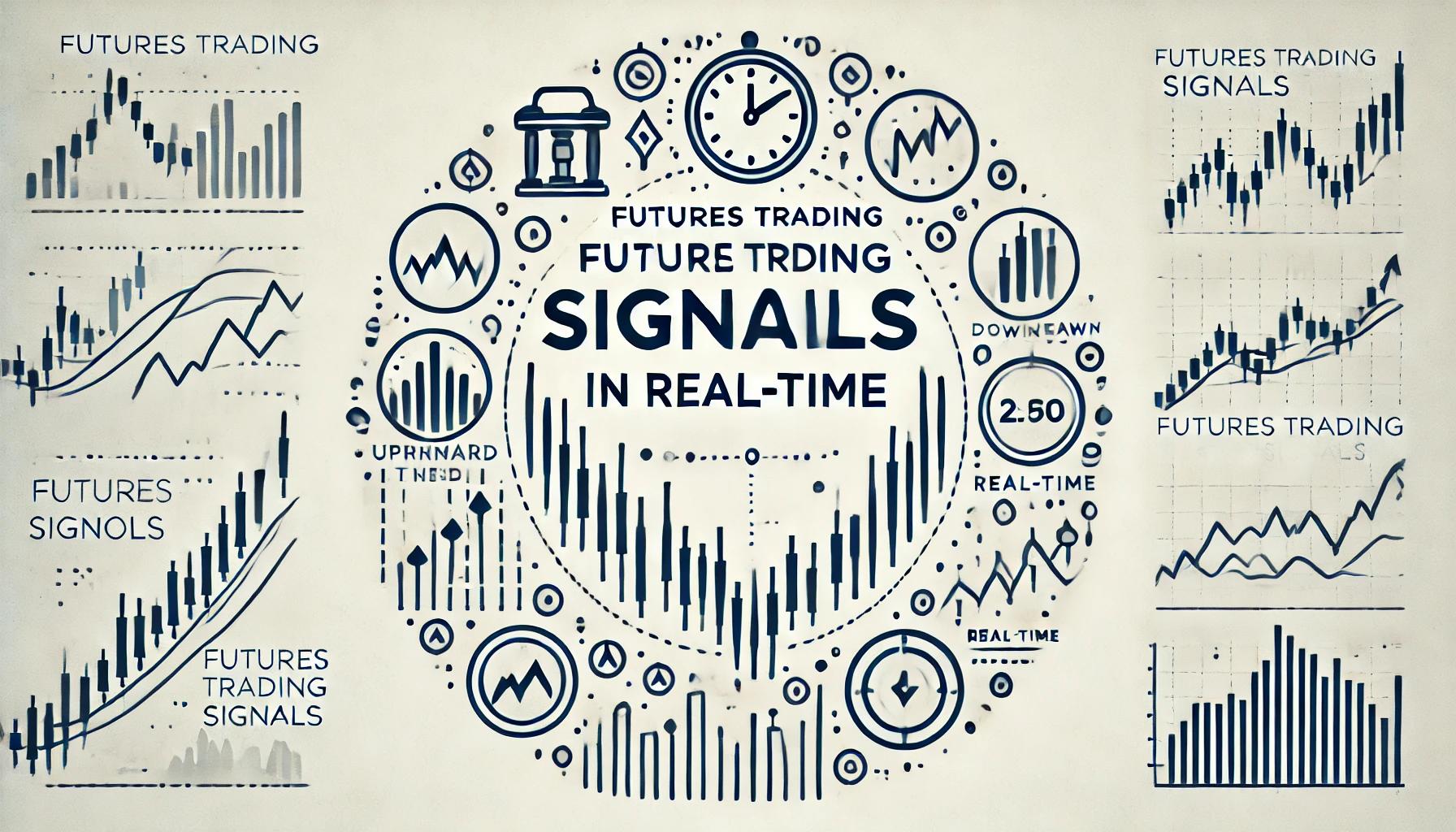Your cart is currently empty!
Futures Trading Signals in Real-Time Trading

Futures trading is a high-stakes environment where timing is crucial to making profitable trades. In this landscape, real-time trading signals can be an invaluable tool for traders seeking to identify market opportunities as they happen. Futures trading signals are indicators generated by algorithms, software, or professional analysts that provide insights on when to enter or exit a position in futures markets. They are designed to assist traders in navigating the complexities of futures trading by providing actionable recommendations based on technical and market analysis.
This article will delve into the concept of futures trading signals, their significance in real-time trading, and the tools and platforms that provide these signals. We will explore how real-time signals can give traders an edge in a highly competitive market.
1. The Importance of Real-Time Trading Signals
In futures trading, timing is everything. The ability to receive real-time information and react to it instantly is critical for success. Real-time trading signals offer traders the advantage of making informed decisions based on up-to-the-minute data. This is especially beneficial in futures markets, where price movements can be rapid and unpredictable. Real-time signals ensure that traders do not miss crucial opportunities by providing timely information on trends, potential breakouts, or reversals.
Signals are typically based on a combination of technical indicators, such as moving averages, RSI, and MACD, and they may also incorporate proprietary algorithms designed to detect patterns that could lead to profitable trades.
2. Types of Futures Trading Signals
Futures trading signals can be categorized into several types, each designed to assist traders in different ways depending on their strategy and objectives.
a. Trend-Following Signals
Trend-following signals help traders identify the direction of the market and align their trades with that trend. These signals are ideal for traders who want to capitalize on prolonged trends in futures markets, whether bullish or bearish.
b. Breakout Signals
Breakout signals are generated when an asset’s price moves beyond a defined support or resistance level. These signals are useful for traders looking to capitalize on strong price movements after a period of consolidation.
c. Reversal Signals
Reversal signals indicate a potential change in the direction of the market. These signals are especially useful for traders who aim to profit from short-term corrections or trend reversals.
d. Scalping and Day Trading Signals
Scalping and day trading signals are designed for traders who execute multiple trades within a single trading day, focusing on small price movements. Scalping signals provide opportunities for traders to take advantage of short-term market volatility, making them ideal for those with a high-risk appetite and a need for quick results.
3. How to Use Real-Time Futures Trading Signals
Using real-time futures trading signals effectively requires an understanding of how these signals fit into your overall trading strategy. Signals are not a guarantee of profit, but rather tools that can enhance decision-making by providing data-driven insights.
To use trading signals effectively, traders must first determine their risk tolerance and trading objectives. For example, a trader with a long-term outlook might use trend-following signals to establish positions in line with broader market trends. Conversely, a short-term trader might focus on scalping or breakout signals to profit from short-term volatility.
Whether using automated trading systems or manually analyzing the signals, it is important to verify the signals with additional research and technical analysis to reduce the risk of false signals.
4. Benefits and Limitations of Futures Trading Signals
Benefits:
Time Efficiency: Futures trading signals help traders save time by providing actionable insights that would otherwise require extensive market research and analysis.
Data-Driven Decisions: Signals are generated based on technical analysis and market data, reducing emotional bias in decision-making.
Real-Time Alerts: Real-time signals ensure that traders do not miss out on potential opportunities and can make timely decisions.
5. Conclusion: Leveraging Futures Trading Signals for Success
Futures trading signals can be an invaluable resource for traders looking to gain an edge in real-time trading. By providing actionable insights based on technical analysis and market trends, these signals help traders identify opportunities, manage risk, and make informed decisions in the futures market.

Mr. Rajeev Prakash
Rajeev is a well-known astrologer based in central India who has a deep understanding of both personal and mundane astrology. His team has been closely monitoring the movements of various global financial markets, including equities, precious metals, currency pairs, yields, and treasury bonds.
